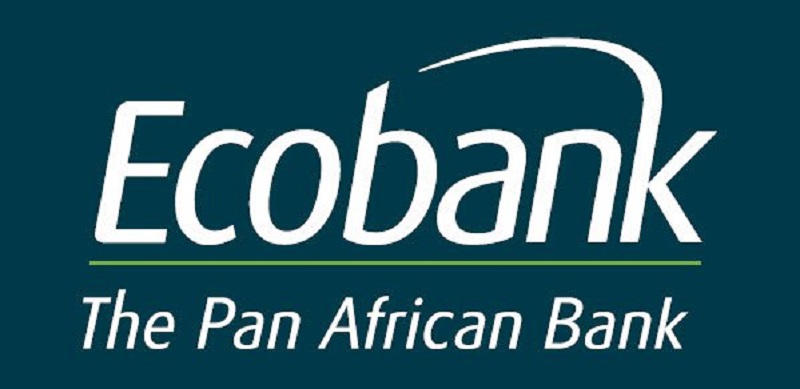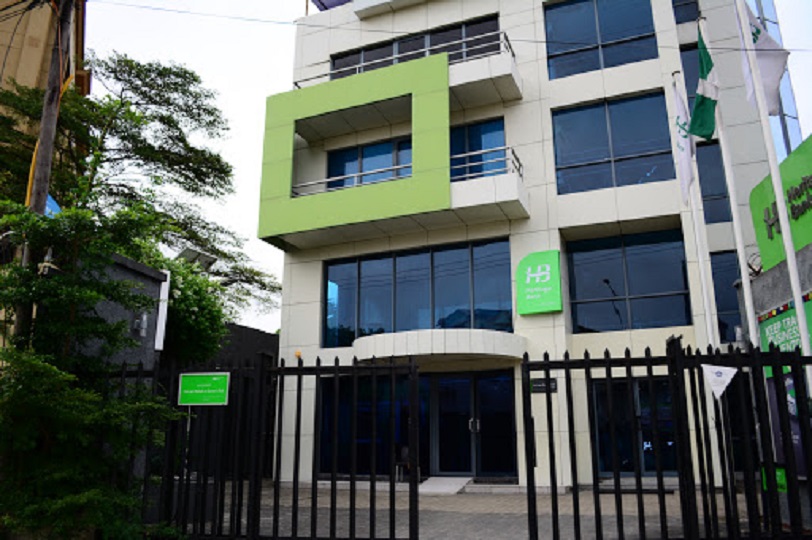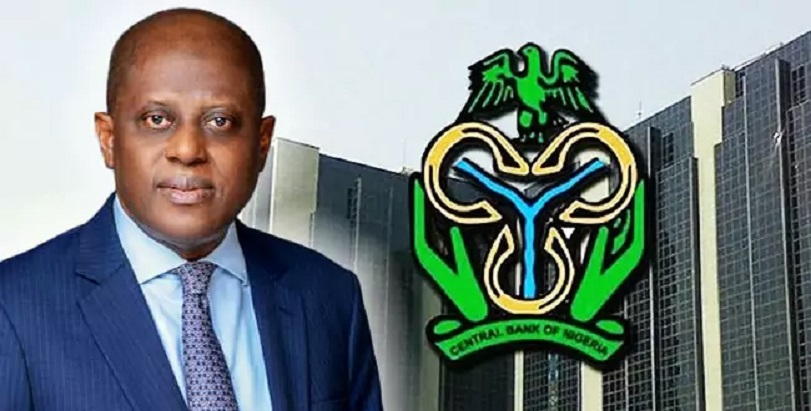By Dipo Olowookere
The Central Bank of Nigeria (CBN) has upwardly reviewed the loan to deposit ratio for Deposit Money Bank (DMBs) operating in the country “with immediate effect,” Business Post reports.
The apex bank had in a circular dated July 3, 2019, with reference letter BSD/D1R/GEN/MDD/01/045, asked financial institutions to increase their LDR to 60 percent on or before Monday, September 2019.
In a new circular, the CBN said it was given the banks till December 31, 2019, to improve their loan to deposit ratio to 65 percent, subject to quarterly review.
According to the central bank, since it first gave the directive on lending to the real sector of the economy, there has been an appreciable growth in the level of the industry gross credit, which increased by N829.40 billion or 5.33 percent from N15.568 trillion at end-May 2019. to N16.397 trillion as at September 26, 2019.
It explained that, “In order to sustain the momentum and in line with the provisions of our earlier letter, the minimum Loan to Deposit Ratio (LDR) target for all Deposit Money Banks (DMBs) is hereby reviewed upwards from 60 percent to 65 percent.”
“Consequently, all DMBs are required to attain a minimum LDR of 65 percent by December 31, 2019 and this ratio shall be subject to quarterly review to encourage SMEs, retail, mortgage and consumer lending, these sectors shall be assigned a weight of 150 percent computing the LDR for this purpose.”
In the circular, the central bank warned that, “Failure to meet the above minimum LDR by the specified date shall result in a levy of additional Cash Reserve Requirement equal to 50 percent of the lending shortfall implied by the target LDR.”
It further said, “DMBs are required to continue to strengthen their risk management practices particularly with regards to their lending operations.”
Concluding, the apex bank said it would “continue to review developments in the market with a view to facilitating greater investment in the real sector of the Nigerian economy whilst promoting a safe, sound and resilient financial system.”























